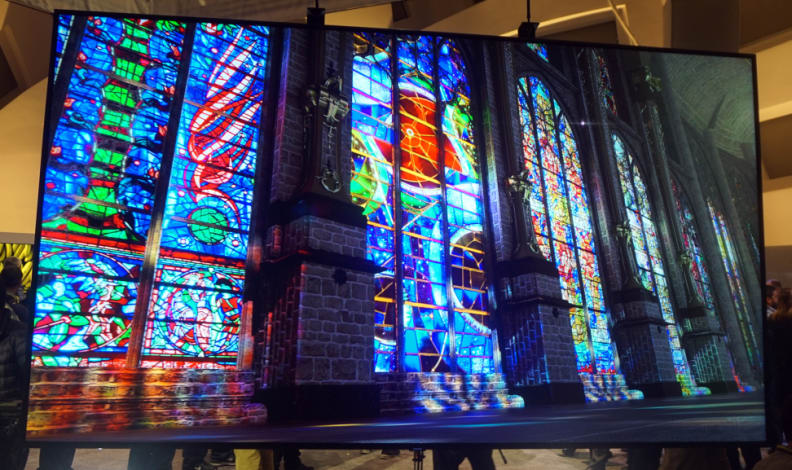3D TV finally kicked the bucket this year—and it's about time
In a 4K, HDR world, do resolution-halving sunglasses even make sense?
Products are chosen independently by our editors. Purchases made through our links may earn us a commission.
There was a lot of cool TV stuff at CES 2017 this year, like giant crystalline walls of screens and a whole tunnel of OLEDs. But one thing was precipitously missing: TVs with 3D capability. Is 2017 the year that 3D at home finally dies? It's starting to look like it.
{{ amazon name="James Cameron's Avatar / Titanic Blu-ray 3D Double Pack", asin="B00C2UN5UI", align="right" }}
As of this year's CES, Samsung and LG have ceased to include 3D in their 2017 sets. While only the mighty flagship models were paraded around the show floors a couple weeks ago, both companies have since confirmed that midrange and entry-level 2017 sets also won't support 3D playback.
That marks Vizio, LG, and Samsung who have effectively abandoned 3D-compatible TVs, with no mention from Sony, Hisense, TCL, or Panasonic either. It's bad news for fans of 3D Blu-ray movies and 3D content in general, though the format's more vocal fans have already started petitioning LG to include 3D on 2018 OLED models.

Modern TVs offer such high contrast and rich color, 3D capability isn't really pushing the envelope that much further anyway.
While I understand being royally irked if you've got a big collection of 3D Blu-rays now slated to gather dust should you ever upgrade your TV, I can't say I'm personally disappointed. In the new 4K, HDR TV landscape, a format that halves resolution and drastically reduces brightness (you're wearing sunglasses, after all) just doesn't make a lot of sense.
What's more, modern TVs look so good and often boast such good contrast that 3D hardly feels necessary. And it's never going to compete with the burgeoning but rapidly growing VR market—what's the point? So long, 3D, and thanks for all the crosstalk.
Related Video
{{ brightcove '5222184748001' }}


